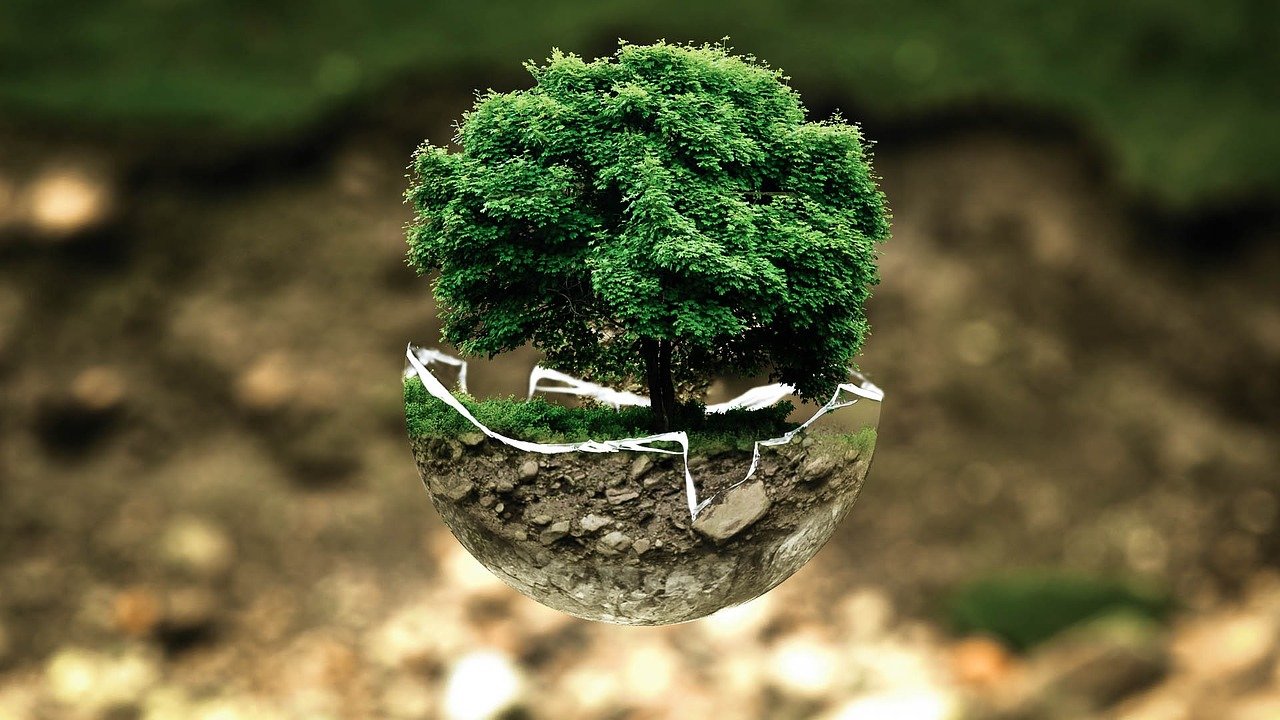World Environment Day: A Wake-Up Call for the Future
World Environment Day, celebrated every year on June 5th, stands as one of the most important global events dedicated to environmental protection. This day is not merely a symbolic reminder, but a powerful call to reconsider our relationship with nature and take meaningful steps toward a more sustainable future.
This significant date was established by the United Nations in 1973, following the landmark Conference on the Human Environment held in Stockholm the previous year. At that conference, representatives from 113 countries signed a declaration expressing their commitment to joint efforts in preserving the planet. Interestingly, it was the delegation from the former Yugoslavia that proposed June 5th as the date on which the world would unite for the sake of nature.
World Environment Day is not marked by formality—it brings people together through actions, workshops, conferences, campaigns, performances, and digital initiatives around the globe. Each year, a different country hosts the event, and in cooperation with UNEP (the United Nations Environment Programme), a theme and slogan are selected to guide the focus of all activities.
This year, attention is centered on one of the most urgent challenges of our time—plastic pollution. The host country for this year is South Korea, and the global slogan is: #BeatPlasticPollution.

The invisible threat: Microplastics and Nanoplastics
Plastic materials have become an inseparable part of our daily lives. We use them in packaging, clothing, technology, and even medicine. However, precisely because of their durability and widespread use, plastic is increasingly turning into an environmental problem of massive proportions.
It is estimated that since the mid-20th century, over 9 billion tons of plastic have been produced, of which a staggering 7 billion tons have ended up as waste. Enormous amounts of plastic find their way into rivers, lakes, and oceans—an estimated 11 million tons each year.
Over time, plastic breaks down into tiny particles known as microplastics, and some become even smaller—nanoplastics. These minuscule particles are found everywhere: in water, soil, air, and even in the bodies of living beings. Scientists warn that the average person consumes more than 50,000 plastic particles each year through food, drink, and air.
Even more alarming is the discovery that nanoplastics can penetrate human skin or enter directly into the bloodstream. Their presence has been recorded in some of the most remote and pristine parts of the planet—from the depths of the Mariana Trench to the peak of Mount Everest.
However, solutions do exist, and they don't always require high-end technology—rather, they demand the will to change our habits and priorities. We must reduce plastic use, especially single-use plastics, encourage reuse, improve recycling systems, and shift toward sustainable alternatives. An increasing number of communities, companies, and governments are recognizing this challenge and responding with new laws, packaging innovations, and educational campaigns.
World Environment Day is not just a date on the calendar—it is a global movement. Let us join it and turn our everyday choices into steps toward a greener world.










